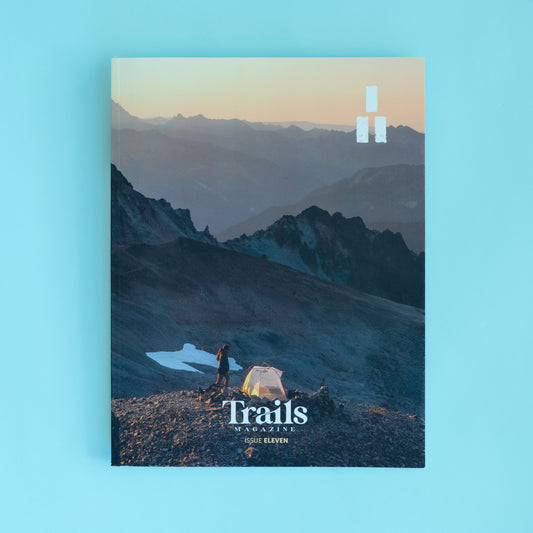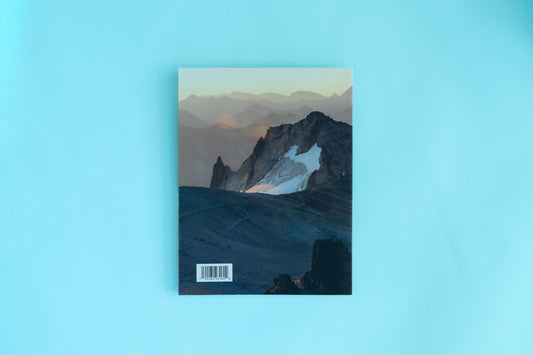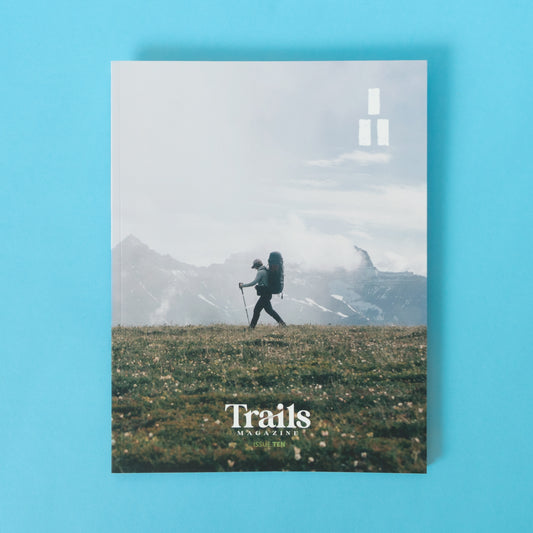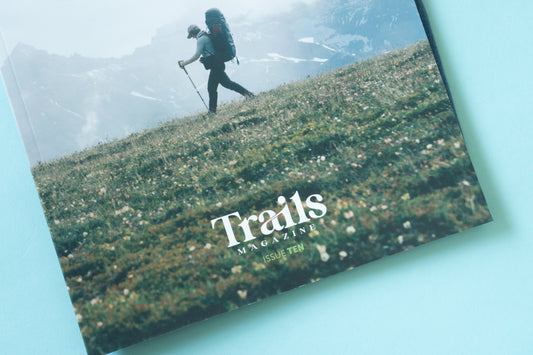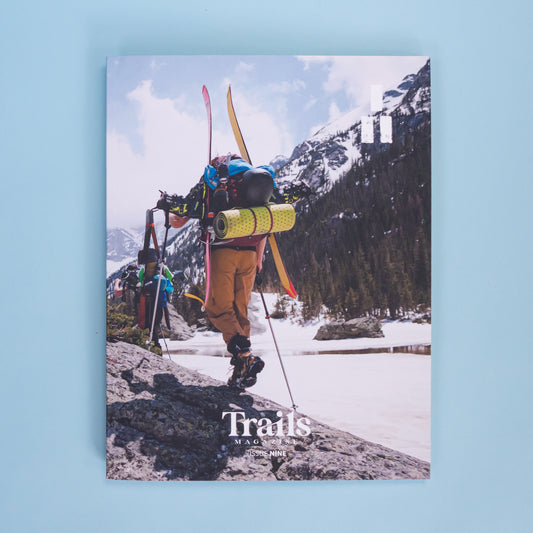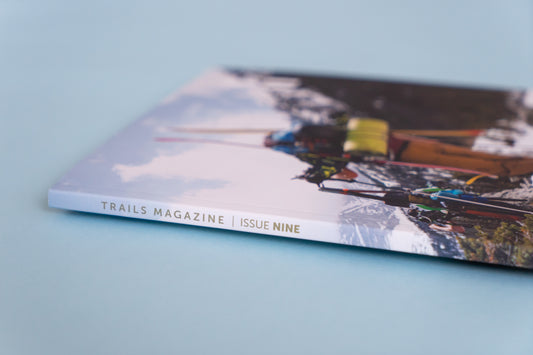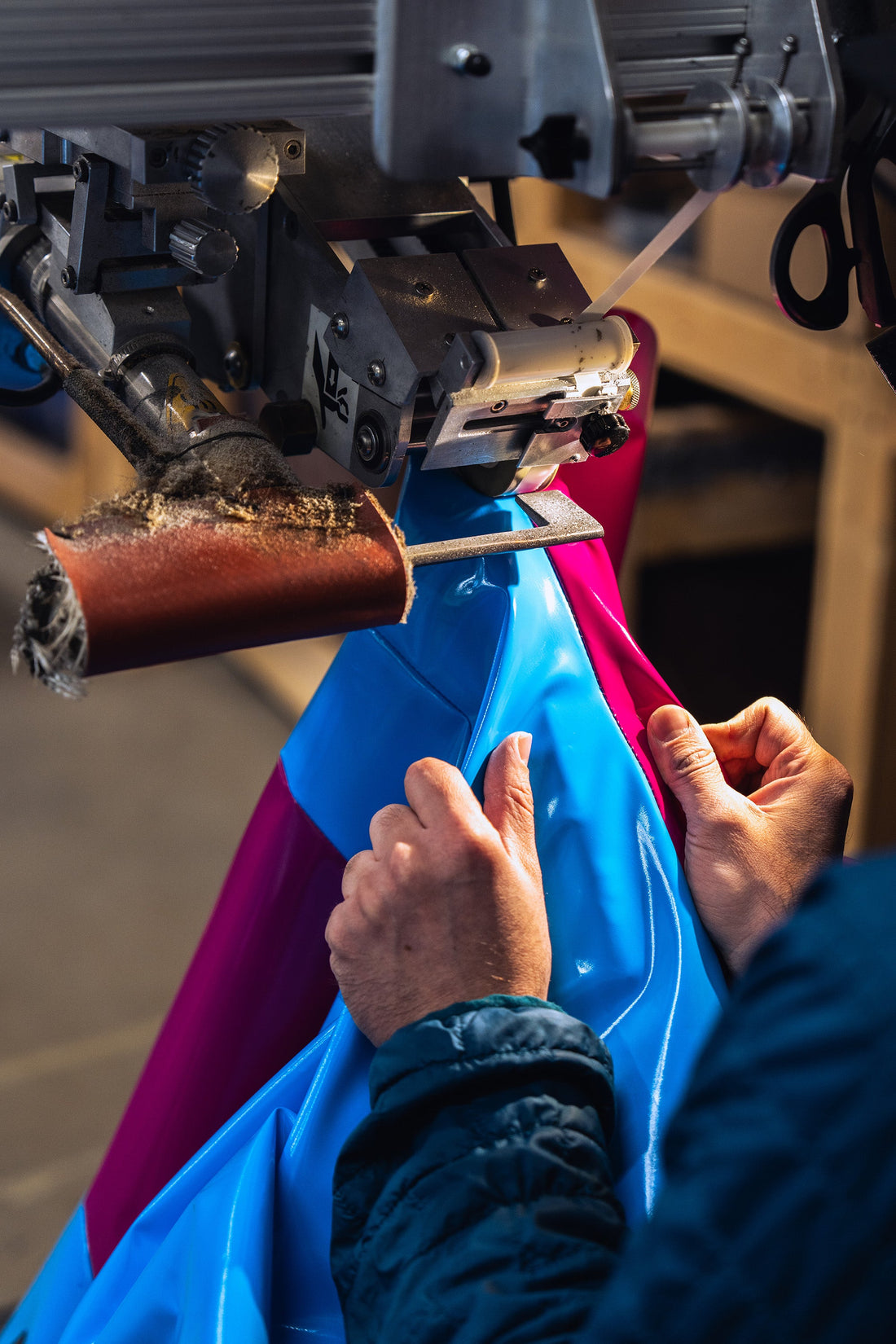
The Boat in Your Backpack
Imagine standing on the bank of a wild Alaskan river, the water churning cold and fast. For most hikers, this would be the end of the road. But not for you. From deep in your pack, you pull out what looks like a bundle of fabric. But minutes later, it has transformed into a sturdy little boat, ready to carry you across. What seems like a quirky invention is actually one of the most transformative pieces of gear of the last half-century. At first glance, packrafts look like oversized pool toys, but their story is rooted in grit, innovation, and adventure.
Their earliest roots stretch back to the Cold War, when military engineers experimented with collapsible craft for secret river crossings. At the same time, hobbyists in garages were melting plastics, sewing seams, and building strange little boats that could slip into a backpack. These backyard experiments hinted at something radical: a vessel light enough to carry over mountains but strong enough to float you down rivers. By the 1970s and 80s, Alaskans began using crude prototypes to stitch together ambitious wilderness routes, hiking through mountains and then paddling across rivers that had once been barriers. The landscape itself seemed to change. Trails were no longer limited by water as they were extended, connected, and made limitless.
From those improvised beginnings, the modern packraft was born. Companies like Alpacka Raft, many founded in garages, refined the idea into the sleek, ultralight boats we know today. Tough, portable, and reliable, they reshaped what it means to travel through the backcountry. The packraft is more than just gear. It is possibility-packed, a tool that turns rivers from obstacles into invitations. It carries the spirit of the tinkerers and dreamers who built the first versions and the bold explorers who proved what was possible. To carry a packraft is to carry freedom, tucked neatly in the bottom of your backpack, waiting for the moment when the trail runs out and the river begins.
— Victoria Goldiee
Photo: An Alpaca Rafts employee sews together a packraft at their Colorado factory. — Kael Van Buskirk

![Trails Magazine Issue 12 - The Photography Issue [PRE-ORDER]](http://trailsmag.net/cdn/shop/files/2025_07_27_Wichelns_Issue11Shoot-39.jpg?v=1753807234&width=533)
